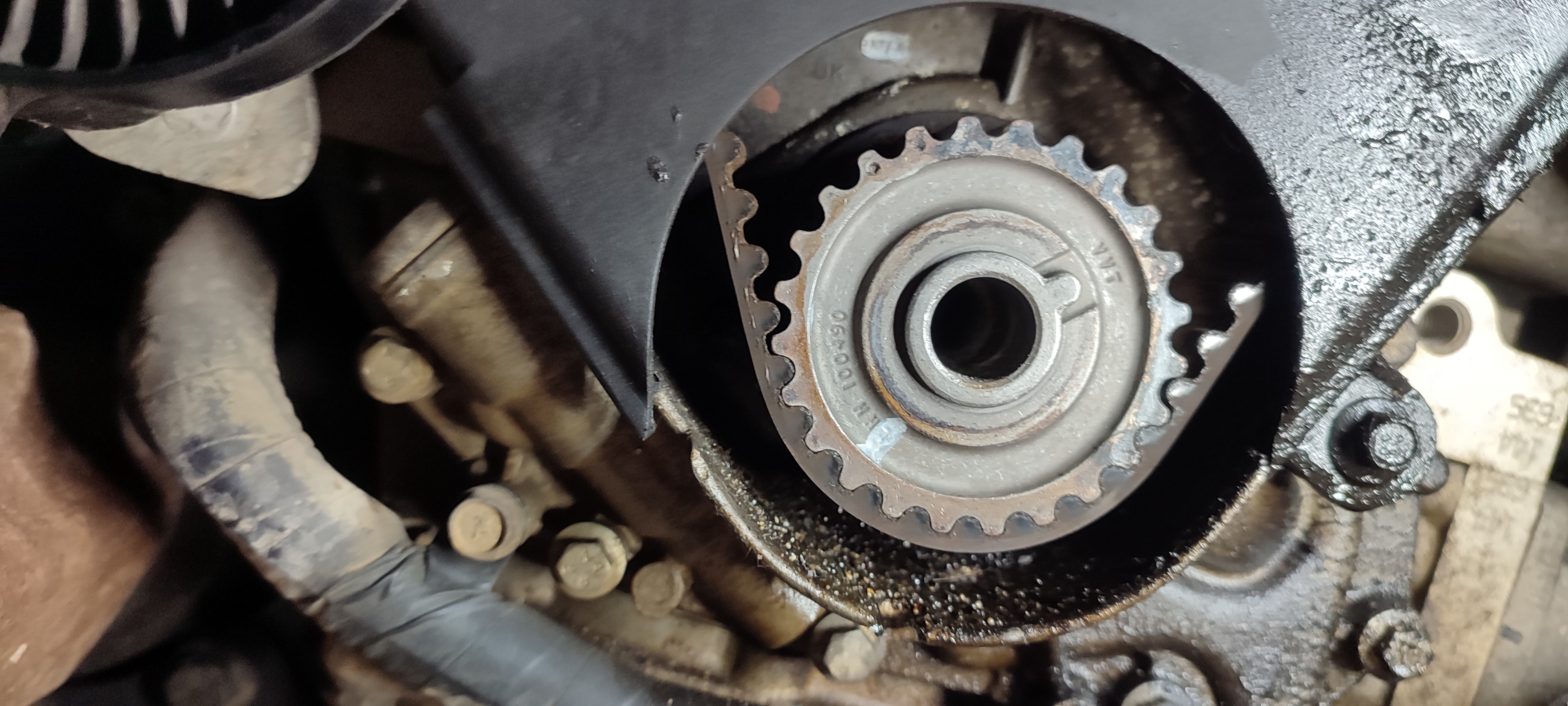HI Everyone,
I'm trying to change the timing belt on my 1.8 Freelander. It has been done last in 2011
I've positioned the pulley to TDC, locked the fly wheel with a special tool, and removed the big pulley wheel. As you can see in the picture, the cog is not aligned correctly.
Does this mean that the previous guy didn't position correctly the pulley after changing the time belt ?
So it's not really important how you place the big pulley wheel ?
Thanks

I'm trying to change the timing belt on my 1.8 Freelander. It has been done last in 2011
I've positioned the pulley to TDC, locked the fly wheel with a special tool, and removed the big pulley wheel. As you can see in the picture, the cog is not aligned correctly.
Does this mean that the previous guy didn't position correctly the pulley after changing the time belt ?
So it's not really important how you place the big pulley wheel ?
Thanks

